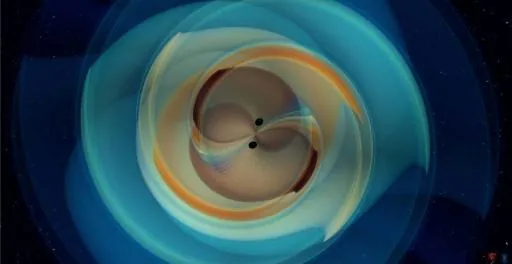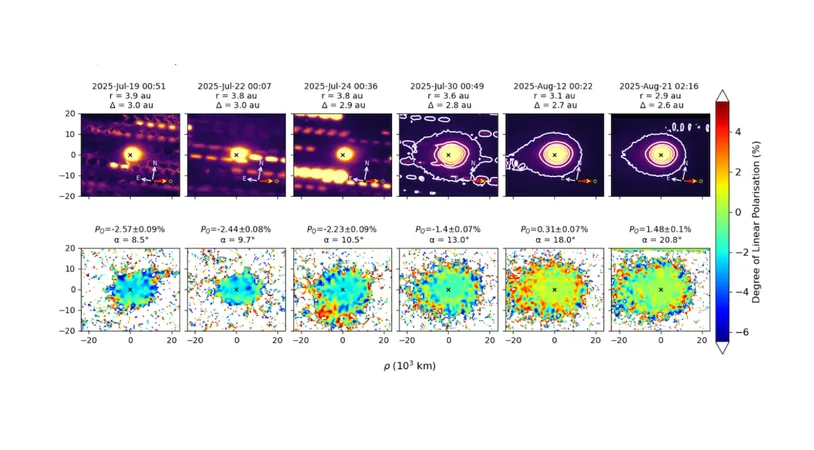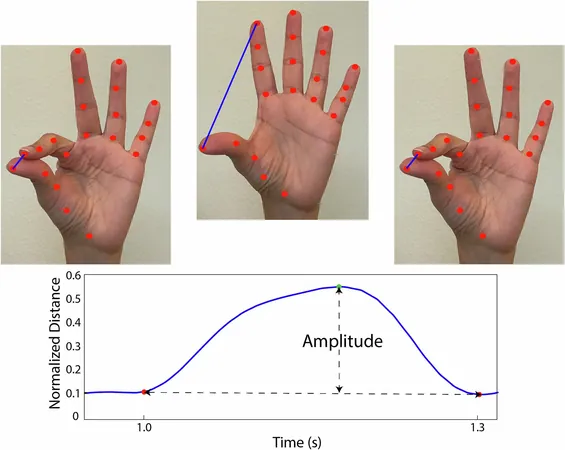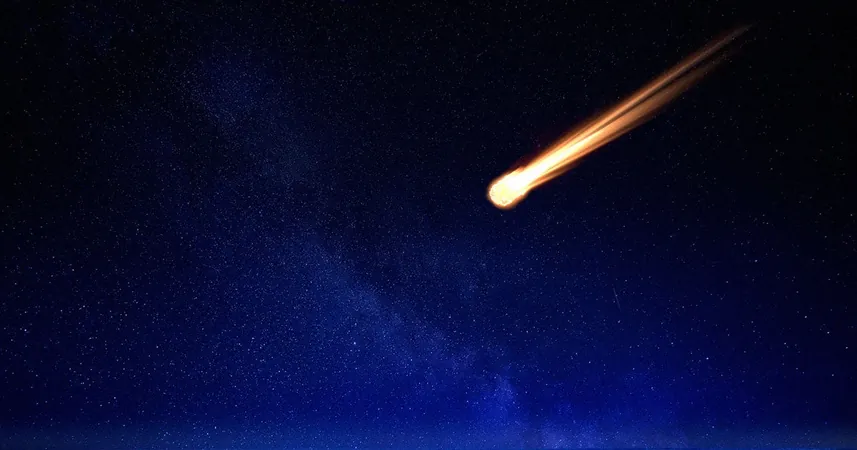
Einstein Meets Hawking: Gravitational Waves Validate Groundbreaking Theories!
2025-09-10
Author: Arjun
A Cosmic Symphony: Gravitational Waves Confirm Hawking's Predictions
Amazing revelations from the universe have just landed! Scientists have successfully confirmed a bold theory by Stephen Hawking regarding black holes, thanks to the ripples in spacetime generated during cataclysmic collisions of these cosmic giants. These events, initially predicted by Albert Einstein, are now further validated after over 50 years.
It all began in 2015 when the Laser Interferometer Gravitational-Wave Observatory (LIGO) first detected these gravitational waves—signals that resonate through the fabric of spacetime when black holes collide. Fast forward to January 14 of this year, and LIGO picked up another extraordinary wave signal from deep in the cosmos.
The Loudest Gravitational Wave Yet!
This latest event, dubbed GW250114, was particularly astonishing. "It was the loudest gravitational wave event we've detected to date," said Geraint Pratten from the University of Birmingham. Imagine the transition from a whisper to a deafening shout—this event dramatically stood out among its peers!
Both the recent collision and the initial detection shared similarities, involving black holes each weighing between 30-40 solar masses and occurring approximately 1.3 billion light-years away. However, advancements in technology have allowed scientists to significantly reduce background noise, yielding crystal-clear data.
Hawking's Legacy Confirmed
By analyzing the merger’s aftermath, scientists were able to confirm Hawking's 1971 prediction that a black hole’s event horizon cannot decrease in size. In other words, the supermassive black hole produced by the merger had to be larger or equal to the sum of its predecessors' surface areas. The initial black holes combined to form a surface area of 240,000 square kilometers (about the size of the UK), but post-merger, the new black hole ballooned to 400,000 square kilometers—roughly the size of Sweden.
Understanding the Ringdown Phase
Caltech noted that determining the final size of the merged black hole was the most challenging aspect. The period known as the "ringdown phase"—where the newly formed black hole resonates like a struck bell—played a crucial role in this analysis. Researchers measured various frequencies during this phase, which allowed them to accurately determine the black hole’s size.
Echoes of Mathematical Predictions
This breakthrough also aligns with another groundbreaking theory proposed by New Zealand mathematician Roy Kerr in 1963. He suggested that two black holes with identical mass and spin are mathematically indistinguishable. "For the first time, we could isolate two distinct 'tones' from the black hole's signals, confirming Kerr's hypothesis," said Gregorio Carullo from the University of Birmingham.
What Lies Ahead for Black Hole Research?
Exciting times lay ahead for scientists as they continue to explore the mysteries of black hole mergers. A host of new gravitational wave detectors are set to make their debut in coming years, including one planned in India. The journey into the dark depths of our universe is just beginning, and who knows what astonishing revelations await!






 Brasil (PT)
Brasil (PT)
 Canada (EN)
Canada (EN)
 Chile (ES)
Chile (ES)
 Česko (CS)
Česko (CS)
 대한민국 (KO)
대한민국 (KO)
 España (ES)
España (ES)
 France (FR)
France (FR)
 Hong Kong (EN)
Hong Kong (EN)
 Italia (IT)
Italia (IT)
 日本 (JA)
日本 (JA)
 Magyarország (HU)
Magyarország (HU)
 Norge (NO)
Norge (NO)
 Polska (PL)
Polska (PL)
 Schweiz (DE)
Schweiz (DE)
 Singapore (EN)
Singapore (EN)
 Sverige (SV)
Sverige (SV)
 Suomi (FI)
Suomi (FI)
 Türkiye (TR)
Türkiye (TR)
 الإمارات العربية المتحدة (AR)
الإمارات العربية المتحدة (AR)